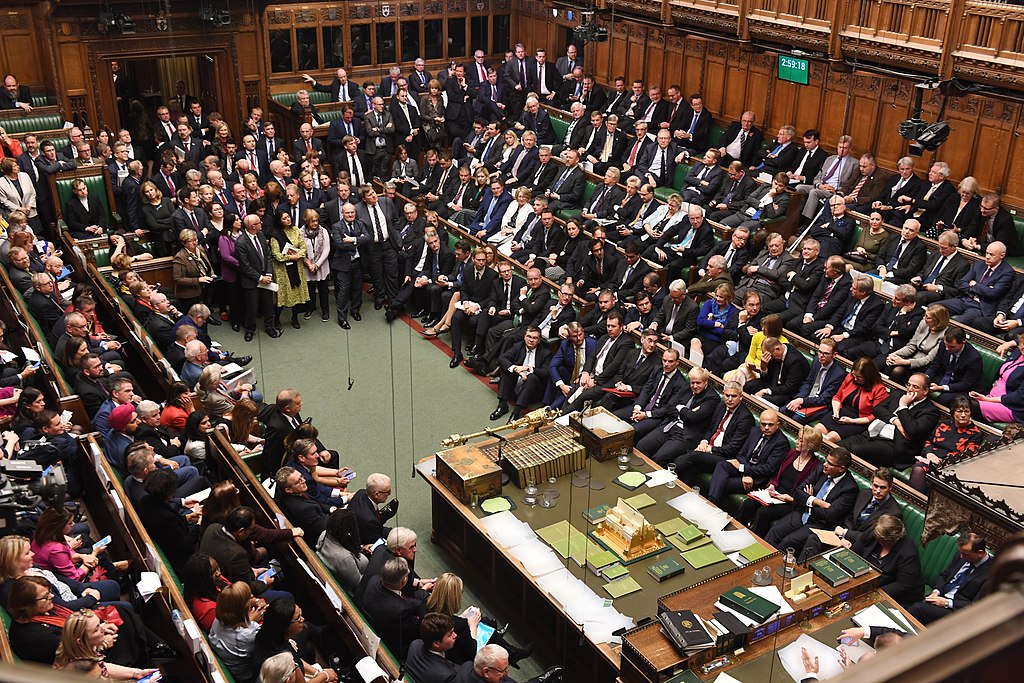
Dominika Gregušová
Scientists’ input into the policymaking process is crucial in today’s world, when scientific findings have a greater impact than ever before. Communicating science to policymakers is therefore an important skill for scientists to develop.
There are many potential benefits. Scientists can contribute their insights and expertise to the process of evidence-based decision making if they can communicate effectively with policymakers. This enables them to have a direct impact on the policies that shape our society.
In practice, however, bridging the divide between science and policy can be difficult. There are a number of mistakes scientists commonly make when communicating with policymakers. Here, we discuss how you can avoid them.
1. Missing the target

Pixabay
Scientists often talk of wanting to reach policymakers, yet fail to define exactly what they mean by that rather broad term. It includes senior and junior civil servants, generalists and specialists, as well as people who work in connected agencies and regional government. It also includes politicians in the legislature, as well as people who might not make decisions directly but can have a big impact on them as advisors.
The people who will help you the most might not even be in the government. Companies in the private sector, industry groups, advocacy groups, and non-profits don’t actually make public policy, but they do shape the discussion.
As a result, you need to modify both your message and your strategy so that they are appropriate for the audience that you are addressing, whether that audience consists of legislators, bureaucrats, advisers, or stakeholders. You need to develop an understanding of their goals, limitations, top priorities, and information requirements, as well as how these things relate to the science that you do.
2. Forgetting the bigger picture

Decision-making is influenced by several elements beyond science. While scientific evidence is important, policymakers must also examine conflicting forces that influence policy. Scientists must understand this when communicating science to policymakers to promote evidence-based policies.
Policies are not created in a vacuum. Current policy serves as a good beginning point, and there are frequently complicated relationships between policies at the local, national, and international levels. These may include public opinion, party allegiance, or election outcomes. Scientific data is simply one piece of the puzzle that a policy maker must take into consideration.
Other essential aspects include law, economics, politics, and public opinion. Policymakers must examine costs, benefits, and economic effects while establishing specific policies. Scientists should be mindful that legislators may prioritise economic factors over scientific findings to balance societal requirements and financial restrictions.
Policymakers must also balance industry, advocacy, and public interests. Scientists must engage with stakeholders to learn their perspectives and priorities to balance competing interests.
3. Presenting data, not solutions

energepic.com
Addressing societal concerns and bettering the lives of their citizens are policymakers’ top priorities. This means that advice scientists give to policymakers needs to be actionable and feasible, rather than merely theoretical. This entails stating who the advice is for, what they should do, in what order they should do it, and by when they must do it.
Actionable suggestions make clear what the data support and what they do not. Give specific illustrations of how your findings can influence policy choices and suggest alternative remedies.
It is important that your proposals are also realistic. Every governmental agency has limitations that stem from its mandate and financial resources. You should try your best to propose actions that are within the authority of the agency you are targeting when communicating science to policymakers.
4. Not tailoring communication

Jeswin Thomas
Policymakers are extremely busy people, tasked with making important decisions in the face of complex, often incomplete data and with reconciling conflicting demands. They do not have the time to read academic papers and reviews, relying instead on concise, targeted and well-written policy briefs.
This means that scientists who present policymakers with reams of impenetrable prose or longwinded presentations will fail to hit the mark and may not see their input considered as effectively as it could be.
Being organised, brief, and clear when writing briefings is more important than trying to be witty or stylish. First, state your main points. Then, give more information. In the first line, make sure there is a clear one-sentence takeaway. Divide the text into parts with headings, and use bullet points and other visual aids to draw attention to important points. Explain what technical words and acronyms mean. Avoid them where possible.
Finally, remember not to talk down to your audience. Respect the expertise of the people you are talking to: many policymakers have a strong research pedigree and are adept at evaluating complex information and dealing with uncertainty.
5. Trying to do it alone

Like policymakers, scientists are busy and they may feel overwhelmed by the challenges of communicating with a new audience—so much so that they may not attempt to do so at all. This is a missed opportunity. Acquiring basic science communication skills is a start (and something we at SciConnect can help with—see our courses here), but scientists shouldn’t feel the need to do this all by themselves. Seeking advice and support from experts in policy and communication can make the process much more manageable—enjoyable even.
Working with science communication professionals—perhaps writing them into grant proposals from the start—can help you tailor your approach appropriately. Collaborating with other experts in the field, such as policy analysts or economists, can help scientists develop robust and evidence-based recommendations that align with policy goals.
Furthermore, engaging with relevant stakeholders, such as non-governmental organisations, industry representatives, or community groups, can provide valuable insights and perspectives that can enhance the relevance and impact of scientists’ recommendations.
Finally, scientists can also leverage existing platforms and networks, such as academic institutions, research organisations, or professional associations, to access resources, training, and support for effective science-policy communication. By seeking assistance from these various sources, scientists can improve their communication strategies and increase the chances of their research influencing policy decisions.
Develop your skills with training
Avoid these mistakes and more by booking our course on Communicating Science to Policymakers. Led by expert trainers with direct experience in science policymaking and communicating to policymakers as scientists, the course will give you the skills you need to communicate with confidence and impact.